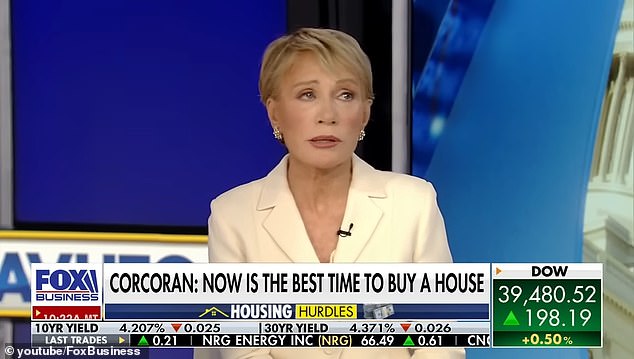The private rental sector may have been tough for investors in recent months in particular, but new figures show a healthy longer-term return.
The latest index from Goodlord has shown that March rents are now up by over 6% compared to year-on-year figures. Additional analysis shows that the cost of rent in March 2024 is now 28% higher than in March 2020.
Month-on-month, the average price for a rental property held firm during March and voids remained unmoved, as demand from tenants stayed strong.















